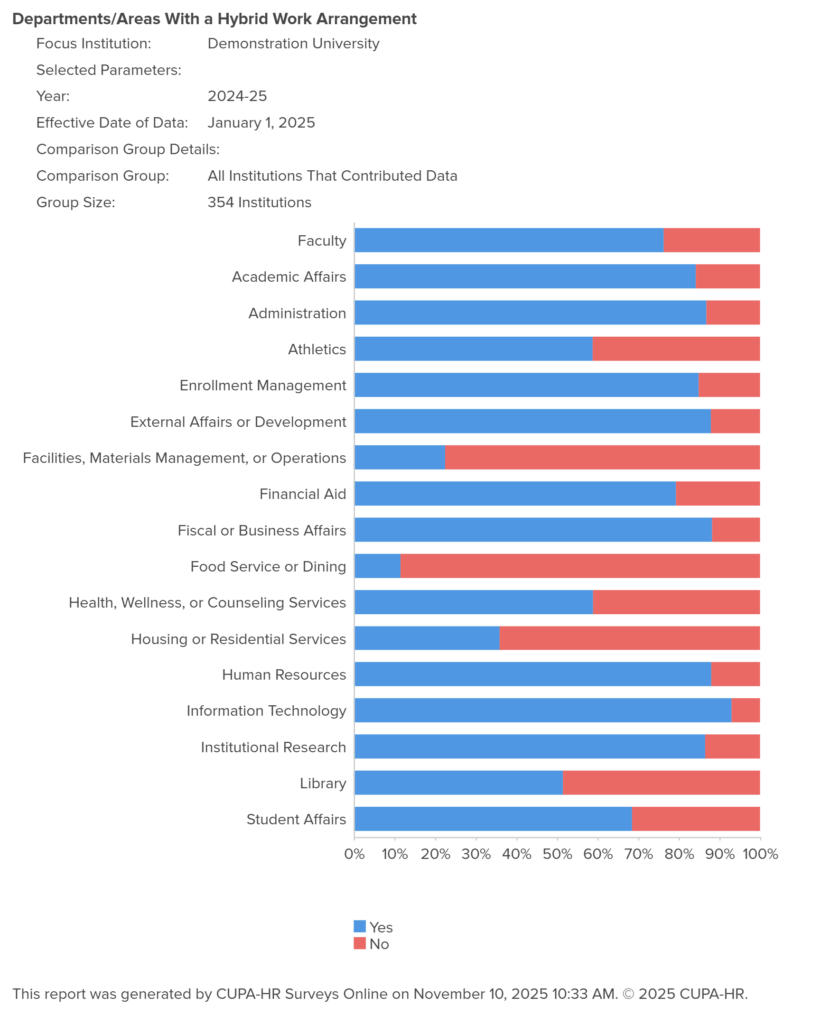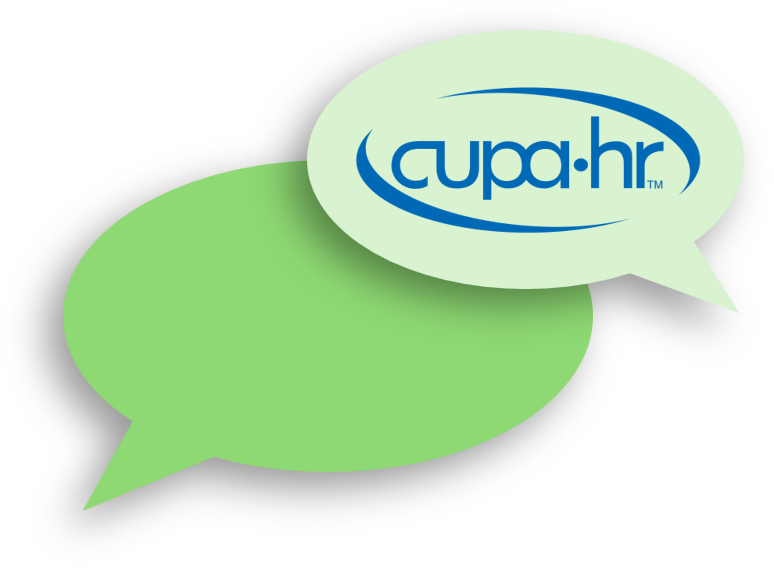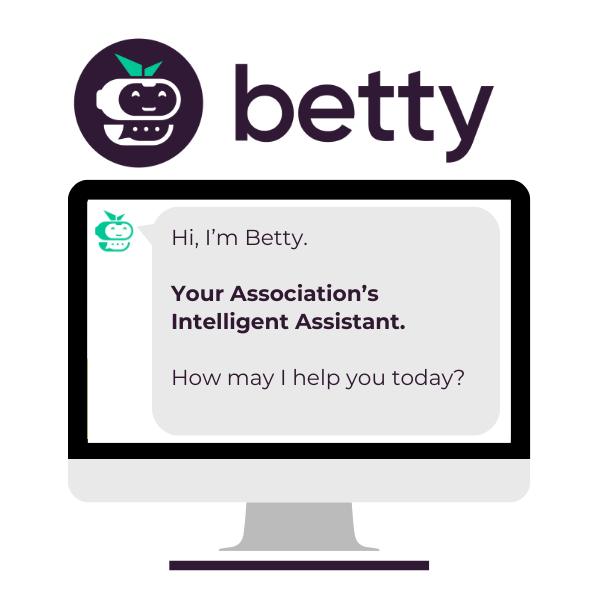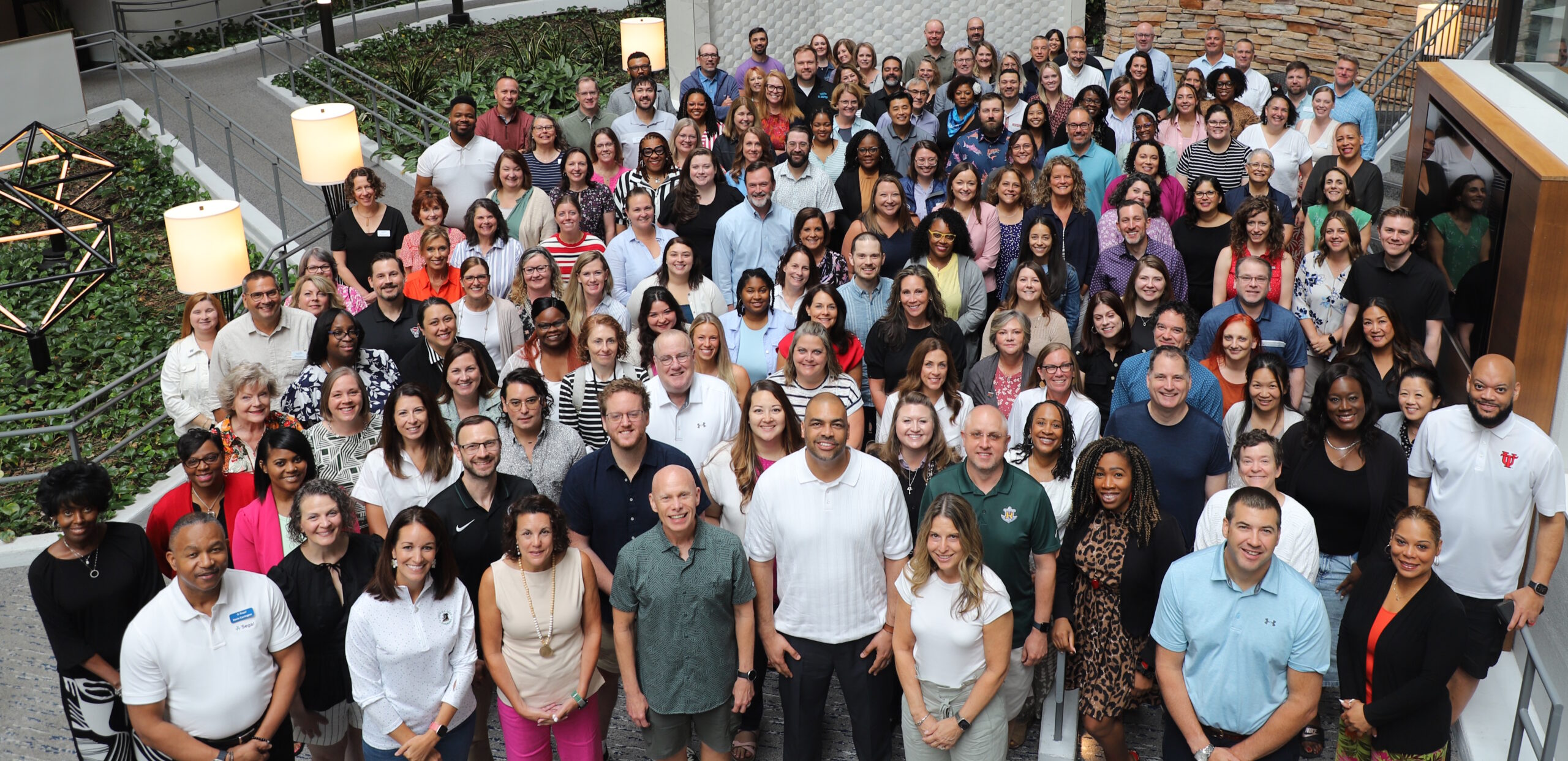Career Growth Series 1 – Preparing for Leadership
CUPA-HR’s Career Growth Series is a three-part professional development opportunity for higher ed HR professionals who want to explore how to grow, lead and thrive in their careers. The three 90-minute virtual workshops in each series offer practical tools, peer insights and reflective space to support your growth.
While you can register for only one or two of the workshops, together they form a cohesive journey — from identifying creative, self-directed development opportunities to evaluating leadership readiness and building the skills and strategies needed to step into and succeed in leadership roles.
The Career Growth Series is a pilot program that is open to invited CUPA-HR members. Seats are limited to support interaction among participants. The workshops will be highly interactive, so come prepared to engage, reflect and share ideas. The sessions will not be recorded.
New to CUPA-HR Virtual Events?
CUPA-HR is a nonpartisan, nonprofit educational organization of HR professionals serving our nation’s institutions of higher education. The content and discussions in these workshops are intended to be educational in nature and do not constitute legal advice or counsel. To that end, we request that participants refrain from promoting partisan positions during the workshops.
Building the Blueprint for Your Professional Development Journey
Wednesday, August 13 | 1:00-2:30 p.m. ET
This workshop invites you to rethink professional development by exploring unconventional, self-directed strategies that align with your position and career aspirations. Through interactive activities and real-world examples, you’ll learn how to identify meaningful growth opportunities, build support for your development plan and articulate the value of your learning. Explore how curiosity, creativity and commitment can be key drivers for shaping a fulfilling professional journey in higher ed HR.
Presenters
Krista Vaught, Ed.D.
Principal Advisor, Employee Experience and Learning and Development
Frontier Design

Natalie Trent
Talent Management Manager
Grand Valley State University
Navigating Career Possibilities: Is Leadership Your Next Destination?
Wednesday, August 20 | 2:00-3:30 p.m. ET
This workshop will help you explore if leadership/management is the right next step in your career journey and will challenge the assumption that upward mobility is the only route to career fulfillment. Through self-assessment, peer dialogue and real-world insights, you’ll examine your motivations and strengths — and the realities of leadership roles. Leave with clarity on your path forward, whether it involves formal leadership or alternative growth opportunities in higher ed HR.
Presenters

Dawn Aziz, Ph.D.
Director, Organization and Employee Development
Wayne State University

Kristen Finley
Talent and Organizational Development Specialist
Clemson University

Elizabeth Oeltjenbruns
Organization Development Consultant
University of South Florida

Krista Vaught, Ed.D.
Principal Advisor, Employee Experience and Learning and Development
Frontier Design
From Aspiration to Action: Positioning Yourself for a Successful Transition Into Leadership
Wednesday, August 27 | 2:00-3:30 p.m. ET
This workshop is for higher ed HR professionals who are pursuing a leadership or managerial role or have recently transitioned into leadership/management. You’ll explore essential leadership competencies, reflect on your readiness, and learn strategies to build experience and credibility, even without a formal title. Through interactive discussions and real-world insights, you’ll gain tools to confidently navigate the shift from team member to a formal leadership role.

Laura Boehme
Vice President of People and Technology
Central Oregon Community College

Krista Vaught, Ed.D.
Principal Advisor, Employee Experience and Learning and Development
Frontier Design

CORE
Employee Development

STRATEGIC LEADERSHIP
Leading the Higher Ed Business Model

ENGAGEMENT
Self-Awareness and Accountability
New to CUPA-HR Virtual Events?
The CUPA-HR website requires you to create a free site account if you don’t already have one. After you’ve created a website account and established a login, you can then proceed to register for this event. If you have any questions while registering, please contact CUPA-HR toll free at 877-287-2474 or via e-mail at [email protected].
Need to Cancel a Registration?
Fill out the cancellation form.











